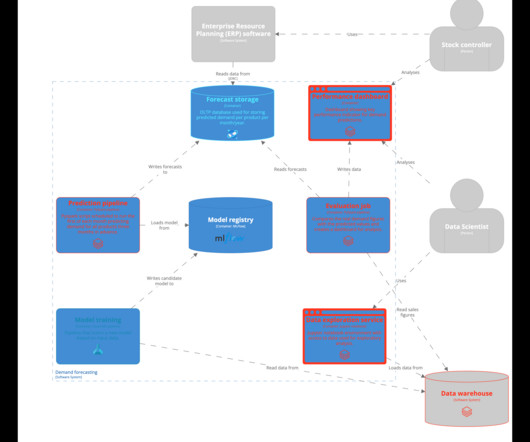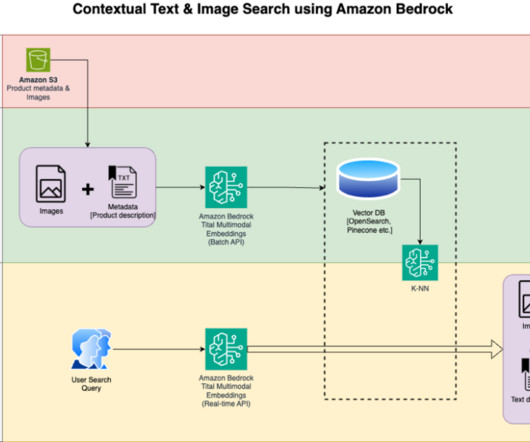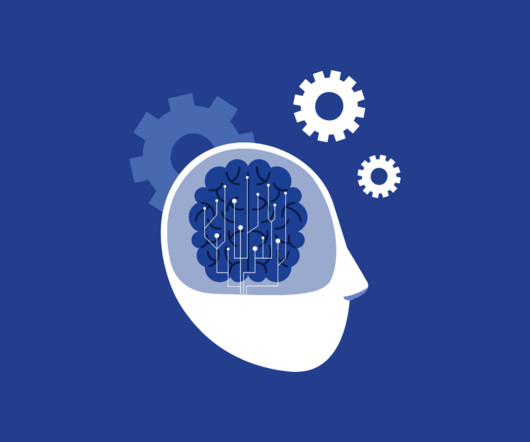What LinkedIn learned leveraging LLMs for its billion users
CIO
APRIL 25, 2024
During the summer of 2023, at the height of the first wave of interest in generative AI, LinkedIn began to wonder whether matching candidates with employers and making feeds more useful would be better served with the help of large language models (LLMs). We didn’t start with a very clear idea of what an LLM could do.”
























Let's personalize your content